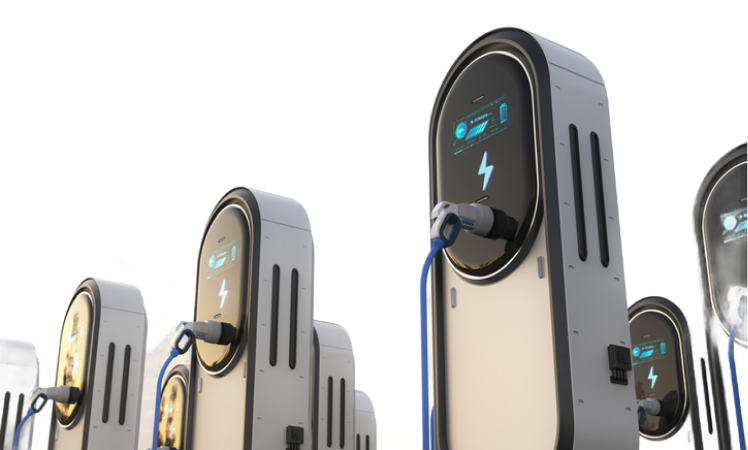
- 219 views
By clercity24
As businesses increasingly embrace sustainability initiatives and electric vehicles (EVs) gain traction in the transportation sector, the question of whether to build your own EV charging infrastructure for your fleet arises. While there are undeniable benefits to having dedicated charging facilities, there are also potential drawbacks that warrant careful consideration. In this blog post, we’ll explore the pros and cons of building your own EV charging infrastructure for your fleet.
Pros:
1. Customization and Control: Building your own EV charging infrastructure gives you complete control over the design, layout, and specifications of the charging stations. You can customize the infrastructure to meet the specific needs of your fleet, such as charging capacity, charging speed, and integration with existing operations.
2. Enhanced Convenience and Accessibility: Having dedicated charging facilities ensures that your fleet always has access to charging when needed. You can strategically position charging stations at convenient locations, such as your fleet depots or headquarters, minimizing downtime and maximizing operational efficiency.
3. Branding and Image Enhancement: Investing in your own EV charging infrastructure allows you to showcase your commitment to sustainability and environmental responsibility. It can enhance your brand image and reputation, demonstrating to customers, employees, and stakeholders that you are actively contributing to a greener future.
Cons:
1. High Upfront Costs: Building your own EV charging infrastructure requires a significant upfront investment in equipment, installation, and infrastructure development. The costs associated with purchasing charging stations, electrical upgrades, permits, and construction can be substantial, especially for larger fleets or multiple charging sites.
2. Complex Planning and Implementation: Designing and building EV charging infrastructure involves complex planning, engineering, and coordination with various stakeholders, including utility companies, local authorities, and construction contractors. Delays and challenges in the planning and implementation process can result in project setbacks and increased costs.
3. Maintenance and Operational Responsibilities: Once the EV charging infrastructure is in place, you are responsible for its ongoing maintenance, operation, and management. This includes regular inspections, repairs, software updates, and customer support. Failure to adequately maintain the infrastructure can lead to downtime and inconvenience for your fleet and employees.
4. Limited Scalability and Flexibility: Building your own EV charging infrastructure may limit your scalability and flexibility, especially if your fleet or charging needs change over time. Expanding or modifying the infrastructure to accommodate growth or new technologies may require additional investments and resources, potentially causing disruptions to operations.
Conclusion:
Building your own EV charging infrastructure for your fleet offers several advantages, including customization, control, convenience, and branding opportunities. However, it also comes with challenges such as high upfront costs, complexity, maintenance responsibilities, and limited scalability. Before embarking on such a project, it’s essential to carefully weigh the pros and cons and consider factors such as your fleet size, charging needs, budget, and long-term strategic goals. Ultimately, the decision should align with your business objectives and commitment to sustainability. You may want to consider Cler Charging Hubs as a fast and cost effective for transitioning to an electric fleet.